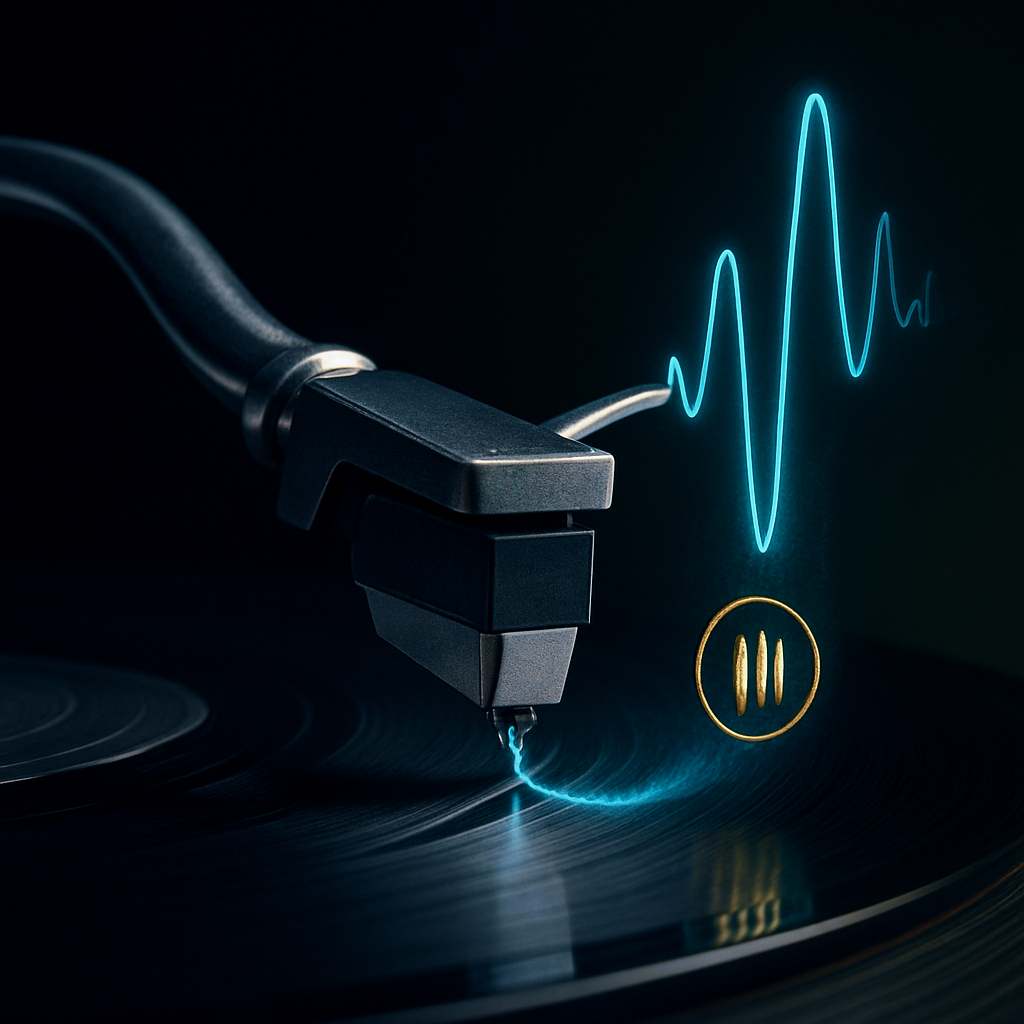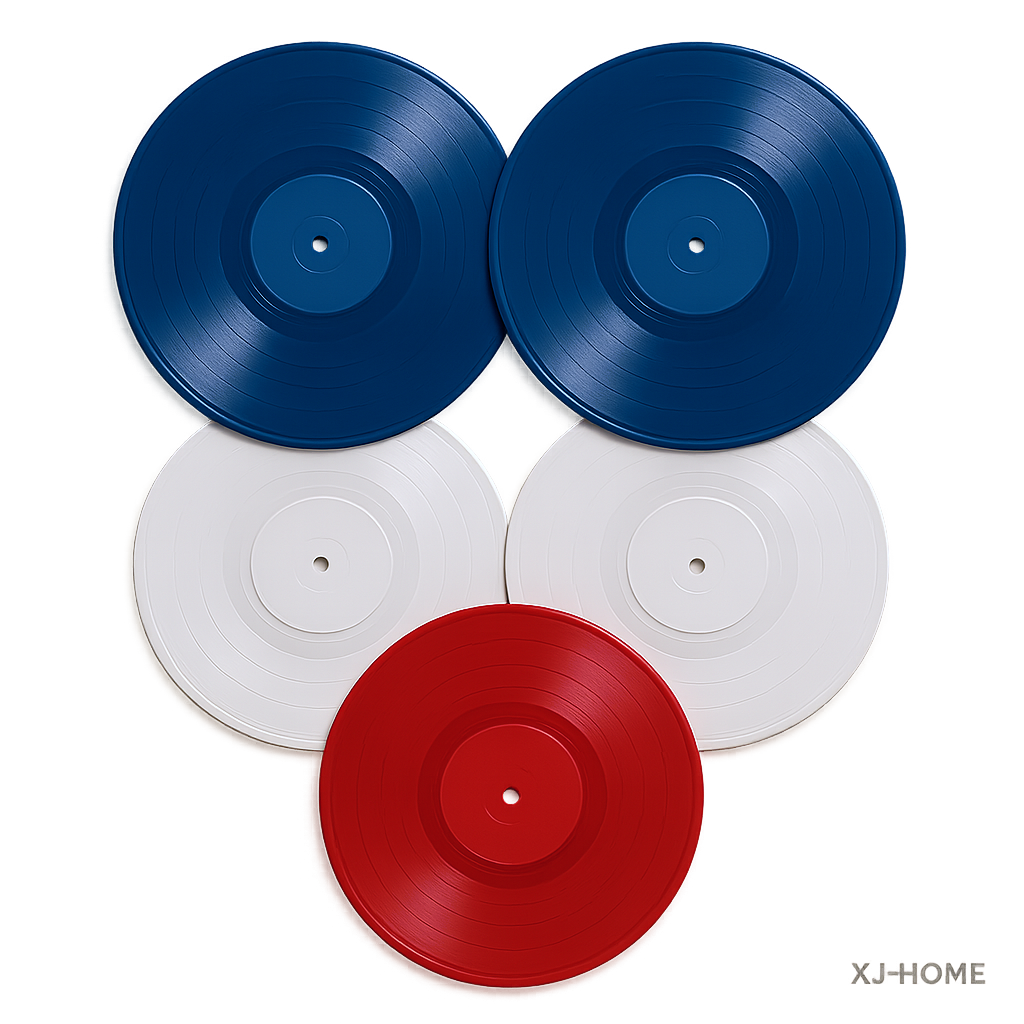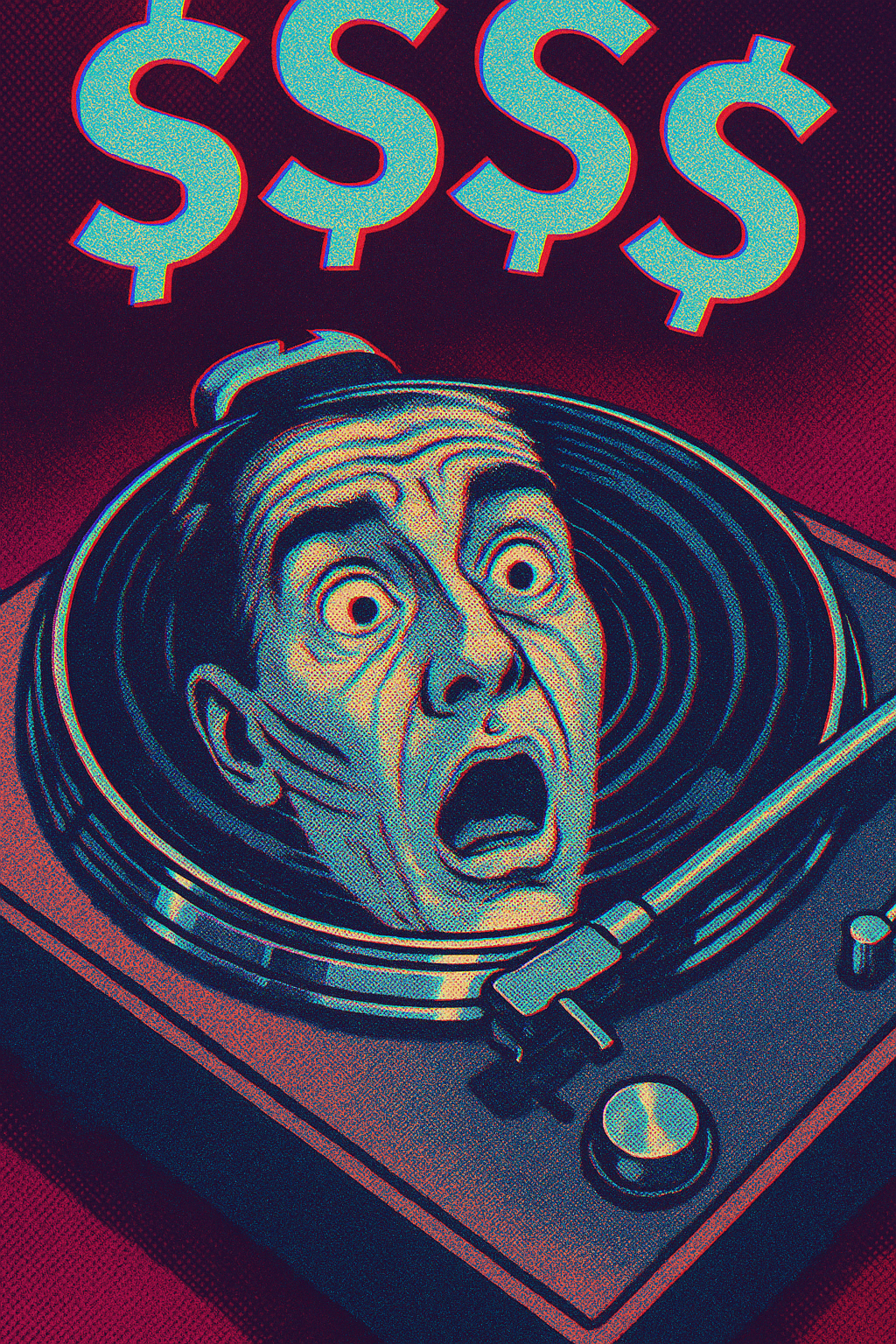So, you've embraced the glorious world of vinyl. You've got your turntable, perhaps spun a few records, and now you're contemplating a more personal, intimate listening experience. Enter headphones. For many, headphones are not just an accessory but an essential tool to unlock a deeper connection with their music, especially with the nuanced and tactile nature of analog sound. But choosing the right pair for your turntable isn't quite the same as picking headphones for your smartphone. The considerations are different, the stakes arguably higher for the discerning ear.
This isn't about chasing the most expensive or the most hyped model. It's about understanding the interplay between your analog source and the transducers you place over your ears. It's about synergy, musicality, and ultimately, a listening experience that draws you in and holds you captive.
Why Headphones for Vinyl? The Intimate Immersion
Before we dive into the "what," let's touch on the "why." What makes headphone listening with vinyl so special?
-
Undiluted Detail: Headphones bypass the complexities and compromises of room acoustics. You're getting a direct feed from the stylus, revealing subtleties and textures in the recording that might be masked by speaker/room interactions.
-
Respectful Listening: Whether it's late-night sessions or shared living spaces, headphones allow you to crank up your favorite records without disturbing others.
-
The "Mainline" Effect: There's a unique immediacy to headphone listening. It can feel like the music is being injected directly into your consciousness, creating a powerful and focused experience. This is particularly potent with the warmth and organic presentation of vinyl.
Key Considerations: Moving Beyond the "Sounds Good in the Store" Trap
When you're listening to headphones with a digital source in a noisy store, you're getting a very different picture than how they'll perform with your turntable in your listening environment. Here’s what to really think about:
-
Sound Signature & Synergy with Analog:
-
The Spectrum: Headphones vary wildly in their tonal balance. Some are warm and bass-rich, others are clinically neutral, and some can be quite bright or "analytical."
-
The Analog Factor: Vinyl inherently has a different character than digital. It often possesses a certain warmth, richness, and a soundstage that can be beautifully rendered by the right headphones. Conversely, an overly "clinical" or ruthlessly revealing headphone might unduly emphasize surface noise, clicks, and pops, pulling you out of the music.
-
Forgiving vs. Revealing: Some headphones are more "forgiving" of less-than-perfect recordings or pressings. Others will lay bare every flaw. For a first turntable setup, something that leans towards musicality over forensic detail might be more enjoyable.
-
First Principle Thinking: The primary goal here is musical enjoyment and engagement, not just an academic dissection of the groove's contents. The headphones should serve the music, not the other way around.
-
-
Type of Headphones: Open, Closed, or On-Ear?
This is a fundamental choice, and each type has distinct advantages and disadvantages. We're applying a MECE (Mutually Exclusive, Collectively Exhaustive) approach here to cover the main categories.
-
Over-Ear (Circumaural) - Open-Back:
-
Pros: These headphones have earcups with perforations or grilles, allowing air and sound to pass freely. This typically results in a more spacious, natural, and "airy" soundstage, often likened to listening to speakers in a room. They are frequently favored for critical listening due to their transparency.
-
Cons: They offer little to no sound isolation. This means sound leaks out (everyone nearby will hear what you're listening to) and sound leaks in (you'll hear your environment). Not ideal for noisy places or when privacy is paramount.
-
-
Over-Ear (Circumaural) - Closed-Back:
-
Pros: These feature sealed earcups, providing significant sound isolation. This keeps your music in and external noise out. They also tend to offer more impactful bass response due to the sealed enclosure.
-
Cons: The soundstage can sometimes feel more "in-your-head" or less expansive compared to open-backs. Poorly designed closed-backs can suffer from resonances or a "congested" sound.
-
-
On-Ear (Supra-aural):
-
Pros: These rest directly on your ears rather than enclosing them. They are often more compact and portable than over-ears. Some can offer a good balance of sound quality and practicality.
-
Cons: Comfort can be a major issue for extended listening sessions, as they press directly on the ear cartilage. Sound isolation varies greatly.
-
-
-
Impedance & Sensitivity: The Power Equation
These two specifications are crucial for ensuring your headphones will play nicely with your turntable's output.
-
Impedance (Ohms Ω): This is a measure of electrical resistance. Headphones can range from low impedance (e.g., 16-32 Ohms, common in portable-focused headphones) to high impedance (e.g., 250 Ohms, 300 Ohms, or even 600 Ohms, often found in studio or audiophile models).
-
Sensitivity (dB/mW or dB/V): This measures how loud a pair of headphones will play for a given amount of power. Higher sensitivity means they'll play louder with less power.
-
Why It Matters for Turntables: Many turntables with built-in phono preamplifiers include a headphone jack, but the headphone amplifier section might be of modest power. Similarly, some budget phono preamps with headphone outs might struggle.
-
High-impedance headphones generally require more voltage swing from the amplifier to reach satisfying listening levels.
-
Low-sensitivity headphones require more current.
-
The Practical Reality: If you plug a pair of high-impedance, low-sensitivity headphones into a weak headphone jack, they'll likely sound quiet, anemic, and lacking in dynamics, even with the volume maxed out.
-
-
-
Comfort & Build Quality: The Long Haul
-
Vinyl listening often invites longer, more immersive sessions. If your headphones are uncomfortable, you simply won't enjoy them, regardless of their sonic prowess.
-
Consider: earcup size and depth, earpad material (velour, leather, pleather), headband padding, and clamping force.
-
Build quality contributes to longevity and the overall tactile experience – something vinyl enthusiasts tend to appreciate.
-
Human Nature 101: Discomfort is a deal-breaker. Prioritize it.
-
-
The Cable: The Unseen Link
-
Detachable vs. Fixed: Detachable cables offer easy replacement if damaged and sometimes allow for aftermarket cable upgrades (though the sonic benefits of exotic cables are a hotly debated topic).
-
Length: Ensure the cable is long enough for your listening position relative to your turntable setup.
-
Connectors: Most home audio gear uses a 1/4" (6.35mm) headphone jack, while portable devices use 3.5mm. Many audiophile headphones come with a 1/4" plug and a 3.5mm adapter, or vice-versa.
-
The Headphone Amplifier: Your Turntable's Best Friend?
If your turntable or phono preamp has a headphone jack, do you need a dedicated headphone amplifier? Not always, but it can often be a transformative upgrade.
-
Driving Power: A dedicated headphone amp is designed specifically to drive headphones effectively, providing ample power even for demanding, high-impedance models. This translates to better dynamics, improved bass control, and a more effortless sound.
-
Lower Noise & Distortion: Quality headphone amps typically offer a cleaner signal path than the often-compromised headphone outputs on integrated gear.
-
Feature Set: Some headphone amps include features like selectable gain (to better match headphone sensitivity), crossfeed circuits (to create a more speaker-like stereo image), or even DACs if you also listen to digital.
-
At XJ-HOME, we believe in optimizing every part of the signal chain. Just as a quality phono stage is crucial for your cartridge, a capable headphone amplifier ensures your headphones are performing at their peak. This commitment to quality amplification is central to the audio experiences we champion (explore more at https://xenonjade.com).
"What About Wireless?" The Analog Listener's Conundrum
Bluetooth headphones are ubiquitous. Can they play a role in a vinyl setup?
-
The Convenience Factor: Undeniable. No wires, freedom to move.
-
The Signal Path Problem: For vinyl, the path becomes: Analog (turntable) -> Analog-to-Digital Converter (ADC in a Bluetooth transmitter) -> Bluetooth Codec (compression) -> Digital-to-Analog Converter (DAC in headphones) -> Amplifier (in headphones).
-
The Trade-offs: Each conversion step, and especially the compression from Bluetooth codecs (even the better ones like aptX HD or LDAC), can potentially degrade the original analog signal. Latency can also be an issue.
-
An Iconoclastic View: Is it a "pure" analog experience anymore? For the staunch purist, likely not. The signal has been digitized and processed. However, for many, the convenience might outweigh the sonic compromises, especially for casual listening. It's a personal call. If you do go this route, invest in a transmitter and headphones that support the highest-quality codecs your devices can handle.
Finding Your Sound: The Personal Quest
There's no single "best" headphone for vinyl. The ideal pair for you will depend on your budget, your sonic preferences, the rest of your system, and the kind of listening experience you seek.
-
Listen Before You Leap (If Possible): If you can, audition headphones with music you know well, ideally on a system similar to yours.
-
Synergy is Key: Consider the sound signature of your cartridge. A bright cartridge might not pair well with already bright headphones, leading to listening fatigue.
-
Avoid Inertial Thinking: Don't just buy what's popular or what a review proclaims "the best." Trust your own ears and seek out the headphones that make you want to listen for hours. For a wealth of user reviews and discussions on virtually every headphone imaginable, communities like Head-Fi can be an invaluable resource.
Conclusion: Your Personal Portal to the Groove
Choosing headphones for your turntable is a significant step in crafting your personal analog sanctuary. It's an investment in countless hours of immersive, detailed, and deeply satisfying listening. By understanding the key considerations and trusting your own ears, you can find a pair that doesn't just reproduce the music from your records, but truly brings it to life.
Happy listening, and may your grooves be ever engaging!
Disclaimer: Headphone sound is subjective. Always try to audition headphones if possible, and remember that system synergy plays a significant role.





Leave a comment
All comments are moderated before being published.
This site is protected by hCaptcha and the hCaptcha Privacy Policy and Terms of Service apply.